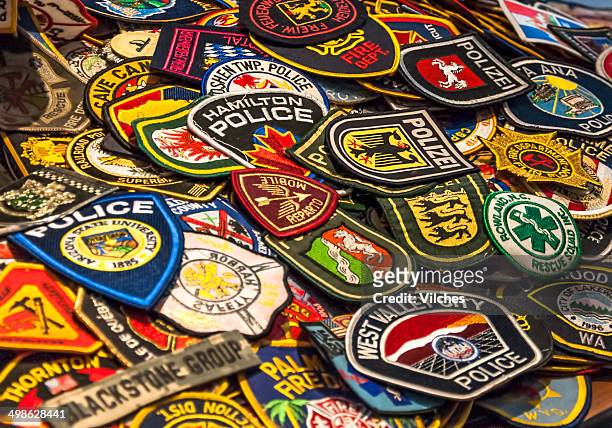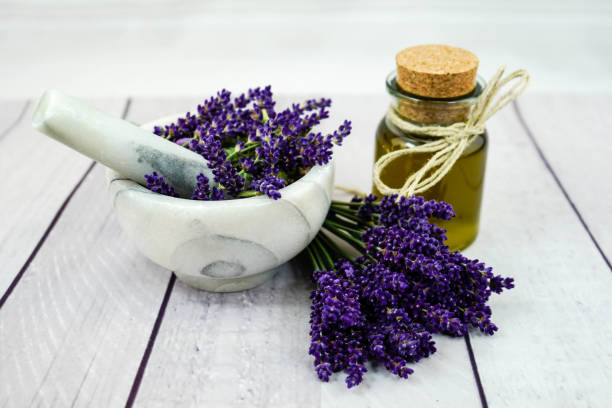Everyone in our world has different preferences, just as there are a variety of possibilities when it comes to choosing patches. Before choosing any type of patch, it is necessary to thoroughly explore its key differences in the market. The purpose of this is to ensure that we select a good type of patch and finalize our decision.
Sewing patches and iron-on patches are two popular methods. Both methods have their pros and cons depending on their use and factors. Today, we examine both approaches and their associated features in more detail.
Choosing Between Sew-On and Iron-On Patches: Factors to Consider
You have the option of ironing or sewing embroidered patches onto surfaces. However, remember that not every patch is created equal. Patches made of PVC, chenille, woven materials, and prints cannot be ironed on; only sewed on. Some people prefer custom-sewn patches because of their endurance, even if iron-on patches are more convenient and easier to use.
Let’s examine the benefits of each strategy to determine which is most appropriate for your circumstances.
Application Ease
Iron-on patches are made to be easy to use. You don’t need any particular expertise or understanding to use them. Anyone can do it on their own without assistance, even a toddler who is old enough to handle an iron. You obtain the same level of application accuracy as when using a sew-on patch, but the process is many times faster.
Custom sew patches are labor-intensive to make by hand. If you don’t have a sewing machine or don’t know how to do it then, this is quite useful.
Sticking Durability
Sew-on patches ensure long-lasting durability because of their attachment method, which makes them less prone to peeling or degradation over time. Custom sew patches are strong and retain their quality even after multiple washings, demonstrating their good integrity. put-on patches are a popular choice among those who intend to put them onto everyday accessories and clothes.
However, if you get a strong adhesive layer, iron-on backing adheres effectively to clothing. If not, you’ll have to deal with a backing that peels after washing cycles and general wear and tear. In terms of patching common clothing, such as kids’ uniforms, which are subjected to harsh handling, this is worrying.
Customization and Personalization
However, there are many choices for personalizing and customizing iron-on and sew-on patches. Sew-on patches, on the other hand, can look more polished and professional and blend in perfectly with the cloth, which may appeal to certain individuals. Conversely, iron-on patches could give the cloth a raised or textured look, which some people find appealing.
The Size
Another important aspect to take into account is the patch’s size. Custom sew patches might be more suited for bigger patches, but iron-on patches are typically simpler to apply to smaller patches.
Range of Applications
You can use custom sew-on backing for various clothes and accessories due to its remarkable versatility. This backing is ideal for everything, whether it’s custom patches for caps and shirts, jeans and t-shirts, or twill keychains and bags.
The nicest thing, though, is that you don’t have to worry about the substance of the patch or the surface you plan to apply it to. With this kind of backing, sewing on leather and PVC patches is a breeze!
Time and Effort
Time and effort must be invested in sewing on patches since careful stitching is necessary to provide a firm bond. Those who value longevity and craftsmanship will find this method appealing.
On the other hand, iron-on patches provide a quicker fix and may be applied using just a regular household iron. However, as they can separate with repeated washings or heat exposure, questions about their lifespan may surface.
Which option to select?
The decision between sew-on and iron-on patches ultimately boils down to personal taste and particular requirements. If you’re looking for a quick and simple way to give your clothes or bag a little personality boost, iron-on patches can be your best option. Custom jersey patches, however, might be a better choice if you’re looking for a more long-lasting solution or if you want to change the thread colors and stitching.
Conclusion
The conclusion drawn from reading all of this is that nobody can get the winner’s reward. Nobody can be classified as right or wrong. There are distinct uses for each method. Both have particular benefits and drawbacks of their own. In this case, it makes sense to use an iron-on crest to create personalized tote bags because they require less frequent cleaning and don’t wear out as much. Sew-on badges are a better option if you want to add a striking patch to your favorite sweater. They guarantee less deterioration of the fabric, have longer lifespans, and keep their color for many years. The final say on the matter is yours.





